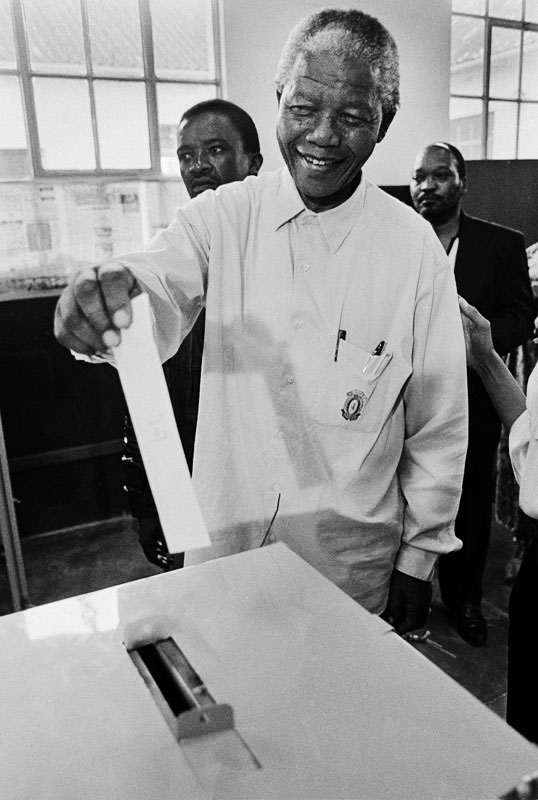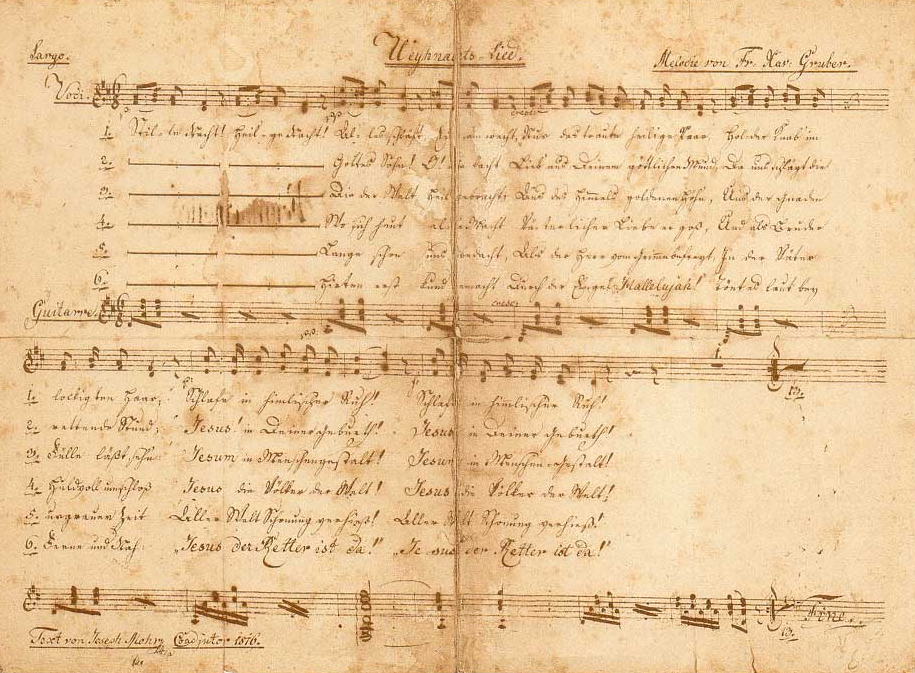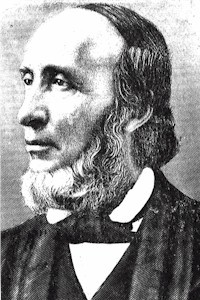|
B. E. Taylor Christmas
''B. E. Taylor Christmas'' is the debut solo album by B. E. Taylor. The album was released in 1994, and was the first in a two-album series of Christmas albums by B.E. Track listing #" Joy to the World" - 5:11 #" What Child Is This?" - 4:56 #" We Three Kings" - 4:39 #" O Come All Ye Faithful/Emanuel" - 4:11 #"Mary's Boy Child "Mary's Boy Child", also known as "Mary's Little Boy Child", is a 1956 Christmas song, written by Jester Hairston. It is widely performed as a Christmas carol. History The song had its genesis when Hairston was sharing a room with a friend. The ..." - 3:58 #" Little Drummer Boy" - 3:56 #" O Holy Night" - 4:32 #" O Little Town of Bethlehem" - 4:06 #" Angels We Have Heard On High" - 5:52 #" Midnight Clear" - 3:39 #" God Rest Ye Merry Gentlemen" - 4:21 #" Silent Night" - 4:16 References B. E. Taylor albums 1994 debut albums 1994 Christmas albums Christmas albums by American artists Pop rock Christmas albums {{1990s-pop-rock-album-stub ... [...More Info...] [...Related Items...] OR: [Wikipedia] [Google] [Baidu] |
Christian Rock
Christian rock is a form of rock music that features lyrics focusing on matters of Christian faith, often with an emphasis on Jesus, typically performed by self-proclaimed Christian individuals. The extent to which their lyrics are explicitly Christian varies between bands. Many bands who perform Christian rock have ties to the contemporary Christian music labels, media outlets, and festivals, while other bands are independent. History Christian response to early rock music (1950s–1960s) Most traditional and fundamentalist Christians did not view rock music favorably when it became popular with young people from the 1950s, even though country and gospel music often influenced early rock music. In 1952 Archibald Davison, a Harvard professor, summed up the sound of traditional Christian music and why its supporters might not like rock music when he wrote of "... a rhythm that avoids strong pulses; a melody whose physiognomy is neither so characteristic nor so engaging as to make ... [...More Info...] [...Related Items...] OR: [Wikipedia] [Google] [Baidu] |
O Holy Night
"O Holy Night" (original title: ) is a well-known sacred song for Christmas performance. Originally based on a French-language poem by poet Placide Cappeau, written in 1843, with the first line (Midnight, Christian, is the solemn hour) that composer Adolphe Adam set to music in 1847. The English version (with small changes to the initial melody) is by John Sullivan Dwight. The carol reflects on the birth of Jesus as humanity's redemption. History In Roquemaure in France at the end of 1843, the church organ had recently been renovated. To celebrate the event, the parish priest persuaded poet Placide Cappeau, a native of the town, to write a Christmas poem. Soon afterwards, in that same year, Adolphe Adam composed the music. The song was premiered in Roquemaure in 1847 by the opera singer Emily Laurey. Transcendentalist, music critic, minister, and editor of ''Dwight's Journal of Music'', John Dwight, adapted the song into English in 1855. This version became popular in the ... [...More Info...] [...Related Items...] OR: [Wikipedia] [Google] [Baidu] |
1994 Christmas Albums
File:1994 Events Collage.png, From left, clockwise: The 1994 Winter Olympics are held in Lillehammer, Norway; The Kaiser Permanente building after the 1994 Northridge earthquake; A model of the MS Estonia, which sank in the Baltic Sea; Nelson Mandela casts his vote in the 1994 South African general election, in which he was elected South Africa's first president, and which effectively brought Apartheid to an end; NAFTA, which was signed in 1992, comes into effect in Canada, the United States, and Mexico; The first passenger rail service to utilize the newly-opened Channel tunnel; The 1994 FIFA World Cup is held in the United States; Skulls from the Rwandan genocide, in which over half a million Tutsi people were massacred by Hutus., 300x300px, thumb rect 0 0 200 200 1994 Winter Olympics rect 200 0 400 200 Northridge earthquake rect 400 0 600 200 Sinking of the MS Estonia rect 0 200 300 400 Rwandan genocide rect 300 200 600 400 Nelson Mandela rect 0 400 200 600 1994 FIFA World Cup ... [...More Info...] [...Related Items...] OR: [Wikipedia] [Google] [Baidu] |
1994 Debut Albums
File:1994 Events Collage.png, From left, clockwise: The 1994 Winter Olympics are held in Lillehammer, Norway; The Kaiser Permanente building after the 1994 Northridge earthquake; A model of the MS Estonia, which Sinking of the MS Estonia, sank in the Baltic Sea; Nelson Mandela casts his vote in the 1994 South African general election, in which he was elected South Africa's first President of South Africa, president, and which effectively brought Apartheid to an end; NAFTA, which was signed in 1992, comes into effect in Canada, the United States, and Mexico; The first passenger rail service to utilize the newly-opened Channel tunnel; The 1994 FIFA World Cup is held in the United States; Skull, Skulls from the Rwandan genocide, in which over half a million Tutsi people were massacred by Hutu, Hutus., 300x300px, thumb rect 0 0 200 200 1994 Winter Olympics rect 200 0 400 200 1994 Northridge earthquake, Northridge earthquake rect 400 0 600 200 Sinking of the MS Estonia rect 0 200 300 40 ... [...More Info...] [...Related Items...] OR: [Wikipedia] [Google] [Baidu] |
Silent Night (song)
"Silent Night" (german: "Stille Nacht, heilige Nacht", links=no, italic=no) is a popular Christmas carol, composed in 1818 by Franz Xaver Gruber to lyrics by Joseph Mohr in the small town of Oberndorf bei Salzburg, Austria. It was declared an intangible cultural heritage by UNESCO in 2011. The song was first recorded in 1905 and has remained a popular success, appearing in films and multiple successful recordings, as well as being quoted in other musical compositions. History "" was first performed on Christmas Eve 1818 at St Nicholas parish church in Oberndorf, a village in the Austrian Empire on the Salzach river in present-day Austria. A young Catholic priest, Father Joseph Mohr, had come to Oberndorf the year before. In the aftermath of the Napoleonic Wars, he had written the poem "" in 1816 at Mariapfarr, the hometown of his father in the Salzburg Lungau region, where Joseph had worked as an assistant priest. The melody was composed by Franz Xaver Gruber, schoolmaster ... [...More Info...] [...Related Items...] OR: [Wikipedia] [Google] [Baidu] |
God Rest Ye Merry Gentlemen
"God Rest You Merry, Gentlemen" is an English traditional Christmas carol. It is in the Roxburghe Collection (iii. 452), and is listed as no. 394 in the Roud Folk Song Index. It is also known as "Tidings of Comfort and Joy", and by other variant incipits. History An early version of this carol is found in an anonymous manuscript, dating from the 1650s.. At page 291, Brown notes that "the main part of the collection, that is, what is transcribed between pages 1 and 119, was put together in a few years in the early 1650s". It contains a slightly different version of the first line from that found in later texts, with the first line "Sit yow merry gentlemen" (also transcribed "Sit you merry gentlemen" and "Sit you merry gentlemen"). The earliest known printed edition of the carol is in a broadsheet dated to c. 1760. A precisely datable reference to the carol is found in the November 1764 edition of the ''Monthly Review''. Some sources claim that the carol dates as far back as the ... [...More Info...] [...Related Items...] OR: [Wikipedia] [Google] [Baidu] |
It Came Upon A Midnight Clear
"It Came Upon the Midnight Clear", sometimes rendered as "It Came Upon a Midnight Clear", is an 1849 poem and Christmas carol written by Edmund Sears, pastor of the Unitarian Church in Wayland, Massachusetts. In 1850, Sears' lyrics were set to "Carol", a tune written for the poem the same year at his request, by Richard Storrs Willis. This pairing remains the most popular in the United States, while in Commonwealth countries, the lyrics are set to "Noel", a later adaptation by Arthur Sullivan from an English melody. History Edmund Sears composed the five-stanza poem in common metre doubled during 1849. It first appeared on December 29, 1849, in ''The Christian Register'' in Boston, Massachusetts. Sears served the Unitarian congregation in Wayland, Massachusetts, before moving on to a larger congregation at First Church of Christ, Unitarian, in Lancaster, also known as The Bulfinch Church, for its design by Charles Bulfinch. After seven years, he suffered a breakdow ... [...More Info...] [...Related Items...] OR: [Wikipedia] [Google] [Baidu] |
Angels We Have Heard On High
"Angels We Have Heard on High" is a Christmas carol to the hymn tune "Gloria" from a traditional French song of unknown origin called "", with paraphrased English lyrics by James Chadwick. The song's subject is the birth of Jesus Christ as narrated in the Gospel of Luke, specifically the scene outside Bethlehem in which shepherds encounter a multitude of angels singing and praising the newborn child. Tune "Angels We Have Heard on High" is generally sung to the hymn tune "Gloria", a traditional French carol as arranged by Edward Shippen Barnes. Its most memorable feature is its chorus, " Gloria in excelsis Deo", where the "o" of "Gloria" is fluidly sustained through 16 notes of a rising and falling melismatic melodic sequence. In England, the words of James Montgomery's "Angels from the Realms of Glory" are usually sung to this tune, with the "Gloria in excelsis Deo" refrain text replacing Montgomery's. It is from this usage that the tune sometimes is known as "Iris", the na ... [...More Info...] [...Related Items...] OR: [Wikipedia] [Google] [Baidu] |
O Little Town Of Bethlehem
"O Little Town of Bethlehem" is a Christmas carol. Based on an 1868 text written by Phillips Brooks, the carol is popular on both sides of the Atlantic, but to different tunes: in The United States, to "St. Louis" by Brooks' collaborator, Lewis Redner; and in the United Kingdom, Canada, and Ireland to "Forest Green", a tune collected by Ralph Vaughan Williams and first published in the 1906 ''English Hymnal''. Words The text was written by Phillips Brooks (1835–1893), an Episcopal priest, then rector of Church of the Holy Trinity, Philadelphia and later of Trinity Church, Boston. He was inspired by visiting the village of Bethlehem in the Sanjak of Jerusalem in 1865. Three years later, he wrote the poem for his church, and his organist Lewis Redner (1831–1908) added the music. Music St Louis Redner's tune, simply titled "St. Louis", is the tune used most often for this carol in the United States.Louis F. Benson,O Little Town of Bethlehem. ''Studies Of Familiar Hymns'', Fir ... [...More Info...] [...Related Items...] OR: [Wikipedia] [Google] [Baidu] |
Little Drummer Boy
"The Little Drummer Boy" (originally known as "Carol of the Drum") is a popular Christmas song written by American composer Katherine Kennicott Davis in 1941. First recorded in 1951 by the Trapp Family, the song was further popularized by a 1958 recording by the Harry Simeone Chorale; the Simeone version was re-released successfully for several years, and the song has been recorded many times since. In the lyrics, the singer relates how, as a poor young boy, he was summoned by the Magi to the Nativity of Jesus. Without a gift for the Infant, the little drummer boy played his drum with approval from Jesus's mother, Mary, recalling, "I played my best for him" and "He smiled at me". Origins and history The song was originally titled "Carol of the Drum". While speculation has been made that the song is very loosely based on the Czech carol "Hajej, nynjej", the chair of the music department at Davis's alma mater Wellesley College claims otherwise. In an interview with Music Depart ... [...More Info...] [...Related Items...] OR: [Wikipedia] [Google] [Baidu] |
Pop Rock
Pop rock (also typeset as pop/rock) is a fusion genre with an emphasis on professional songwriting and recording craft, and less emphasis on attitude than rock music. Originating in the late 1950s as an alternative to normal rock and roll, early pop rock was influenced by the beat, arrangements, and original style of rock and roll (and sometimes doo-wop). It may be viewed as a distinct genre field rather than music that overlaps with pop and rock. The detractors of pop rock often deride it as a slick, commercial product and less authentic than rock music. Characteristics and etymology Much pop and rock music has been very similar in sound, instrumentation and even lyrical content. The terms "pop rock" and "power pop" have been used to describe more commercially successful music that uses elements from, or the form of, rock music. Writer Johan Fornas views pop/rock as "one single, continuous genre field", rather than distinct categories. To the authors Larry Starr and Chri ... [...More Info...] [...Related Items...] OR: [Wikipedia] [Google] [Baidu] |
Mary's Boy Child
"Mary's Boy Child", also known as "Mary's Little Boy Child", is a 1956 Christmas song, written by Jester Hairston. It is widely performed as a Christmas carol. History The song had its genesis when Hairston was sharing a room with a friend. The friend asked him to write a song for a birthday party.''Boney M'', John Shearlaw and David Brown, Hamlin Paperbacks, 1979 , page 105 Hairston wrote the song with a calypso rhythm because the people at the party would be mainly West Indians. The song's original title was "He Pone and Chocolate Tea", pone being a type of corn bread. It was never recorded in this form. Some time later Walter Schumann, at the time conducting Schumann's Hollywood Choir, asked Hairston to write a new Christmas song for his choir. Hairston remembered the calypso rhythm from his old song and wrote new lyrics for it. Harry Belafonte heard the song being performed by the choir and sought permission to record it. It was recorded in 1956 and released as a single th ... [...More Info...] [...Related Items...] OR: [Wikipedia] [Google] [Baidu] |




.png)
